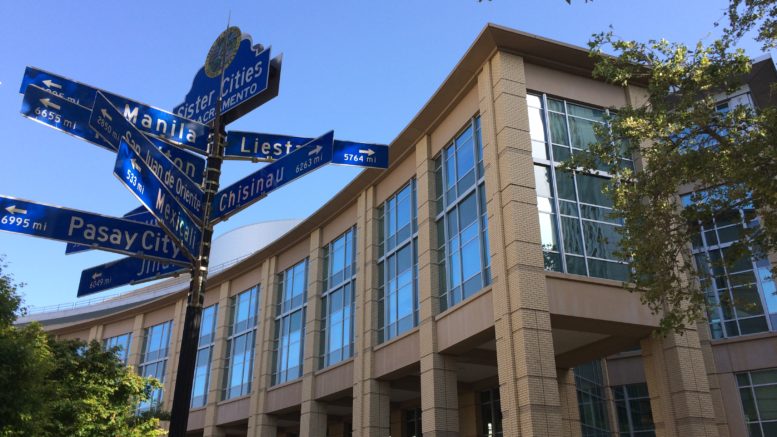New Sacramento panel will try to take politics out of election districts
The 2020 Census is a big deal. One reason why is that Sacramento will use the numbers to decide new City Council districts. And for the first time, citizens—not politicians—will have the exclusive power to draw the lines.
This change was a long time coming. It finally happened because council members made such an embarrassing mess after the 2010 Census that voters took the authority away from them by changing the city charter in November 2016.
Now, the process is starting to pick the Sacramento Independent Redistricting Commission, which is similar to a statewide panel that draws legislative and congressional districts.
On Nov. 25, the city’s Ethics Commission, which will play a key role in selecting the redistricting panel, discussed the next steps and time line. The first deadline is Jan. 1, when the city clerk’s office must tell the City Council how it will recruit applicants and how it will encourage public participation.
Mary-Beth Moylan, an ethics commissioner and assistant dean at McGeorge School of Law, pointed out that that the same redistricting consultants who worked for the Legislature and City Council could also end up helping Sacramento’s new commission.
To minimize the consultants’ influence, that makes picking the citizens even more important. They are supposed to be people with analytical minds and a good knowledge of Sacramento neighborhoods.
Nicolas Heidorn, a former Common Cause leader, said the goal should be to find a diverse group who can be “honest brokers.”
But ethnic diversity may be a challenge, based on a new city audit that found the 33 existing city boards and commissions are not representative of the city’s population. While Sacramento is 31% white, 29% Latino, 19% Asian and 13% African American, board and commission members are 53% white, 12% Latino, 8% Asian and 17% African American.
The redistricting commission must be fully established by Dec. 1, 2020, so that it can start work right after the necessary census counts are made available by March 31, 2021. Then, the commission has six months to adopt new districts that must be substantially equal in population and geographically contiguous, and must keep neighborhoods together and put “communities of interest”—residents who share social and economic interests—in the same district.
There will be 13 commissioners. The city clerk is responsible for finding at least 40 qualified applicants, including at least three from each of the eight council districts, by Sept. 15, 2020.
But only certain residents will be eligible. You must be a registered voter and have either voted in two of the last three primary elections or lived in Sacramento for at least the last decade.
But you cannot have been a candidate for city office, a campaign employee or consultant, an employee of any city elected official or a principal officer of a campaign committee within the last 10 years. You also cannot have donated more than $825 to a council candidate in either the 2016 or 2018 election. And you can’t be a city employee, a registered city lobbyist or an employee of a redistricting consultant, or have an immediate family member in those jobs.
From the city clerk’s list of applicants, the Ethics Commission will decide the 25 to 30 most qualified. Then, the ethics chairperson will randomly pick one person from each council district. Those eight commissioners will select the other five members and two non-voting alternates.
Yes, it’s a rather convoluted process with a lot of rules. But the goal is worthy—to weed out undue political influence so that the commission draws fair districts.
Then again, almost any outcome would be better than the last time. The council appointed a citizens commission, which studied 37 different maps submitted by the public, held several hearings and recommended four maps in 2011.
But the panel was only advisory—and the council chose to completely ignore its advice. Instead, after backroom dealing, it approved a map drawn by council members that protected some from potential challengers or put areas they wanted in their districts.
The new independent commission, one of a series of good government reforms in recent years, promises to be a vast improvement—but only if enough good people step up.






Be the first to comment on "Editor’s note: We draw the lines"